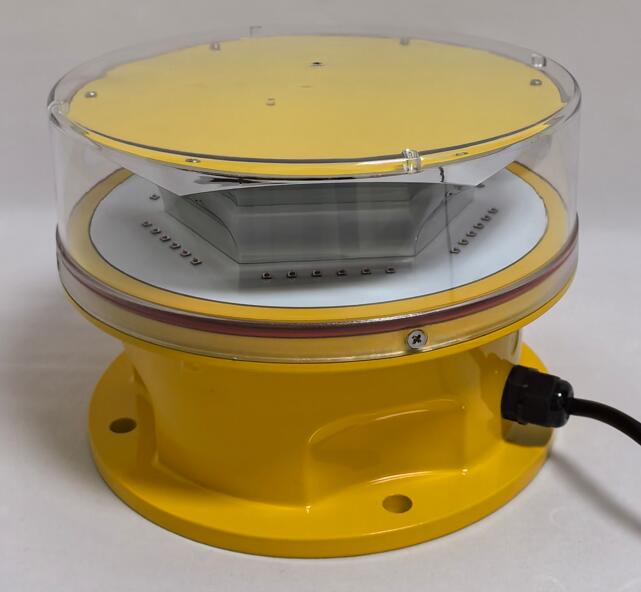L 864 Light: The Critical Role in Aviation Obstruction Lighting Systems
The L 864 light serves as a fundamental component in aviation safety systems worldwide. As a medium-intensity obstruction light, it plays a vital role in marking tall structures and ensuring aircraft navigation safety. This article examines the technical specifications, regulatory compliance, and best practices for implementing L 864 light systems in various aviation and industrial applications.
Technical Specifications of L 864 Light
1. Light Characteristics
Intensity Range: 20,000 to 2,000 candelas (depending on flash mode)
Flash Rate: 20-60 flashes per minute (FPM)
Color Options: Red (standard for nighttime) or white (daytime use)
2. Durability and Design
Housing Material: High-grade aluminum or polycarbonate

Weather Resistance: IP65 or higher rating
Operating Temperature: -40°C to +55°C
Lens Type: Fresnel or prismatic for optimal light distribution
| l 864 light |
3. Power and Efficiency
LED Technology: Energy-efficient with 50,000+ hour lifespan
Power Options: 120-347V AC or 24V DC systems
Photocell Compatibility: Automatic dusk-to-dawn operation
Regulatory Compliance Standards
The L 864 light meets stringent international aviation requirements:
FAA AC 150/5345-43J - Specifies obstruction light equipment requirements
ICAO Annex 14 - Global standards for aerodrome safety
EN 12499 - European aviation obstruction lighting standards
IEC 60598 - International electrotechnical standards
These regulations ensure consistent performance in:
Light intensity and flash characteristics
Environmental durability
Electrical safety
Key Applications
1. Aviation Infrastructure
Airport obstructions (control towers, equipment buildings)
Heliport perimeter lighting
Approach path indicators
2. Telecommunications
Cell towers
Broadcast antennas
Microwave towers
3. Energy Infrastructure
Wind turbines
Power transmission towers
Offshore oil platforms
4. Urban Structures
Skyscrapers
Bridges
Construction cranes
Installation Best Practices
Positioning Guidelines
Mount at highest point of structure
Space multiple units for 360° visibility
Avoid shadow areas from structural elements
Electrical Considerations
Use waterproof connectors
Implement surge protection
Include backup power systems
Maintenance Protocols
Quarterly visual inspections
Annual electrical testing
Lens cleaning every 6 months
Advantages of Modern L 864 Systems
Enhanced Safety Features
Synchronized flash patterns
Fail-safe monitoring systems
Automatic brightness adjustment
Operational Benefits
Reduced energy consumption
Minimal maintenance requirements
Long service life
Environmental Resistance
Corrosion-proof coatings
UV-stabilized materials
Vibration-resistant mounting
Emerging Technologies in Obstruction Lighting
Recent advancements in L 864 light technology include:
Wireless monitoring systems
Solar-powered options
Smart dimming controls
Remote diagnostics capabilities
These innovations improve reliability while reducing operational costs.
The L 864 light remains an indispensable component in aviation safety systems, providing critical visual warnings for aircraft navigation. Its compliance with international standards ensures reliable performance across diverse applications from urban skyscrapers to remote wind farms. By adhering to proper installation and maintenance practices, operators can maximize the effectiveness of these lighting systems while contributing to safer airspace worldwide.
As technology advances, the L 864 light continues to evolve, incorporating smarter features and greater efficiency while maintaining its fundamental role in protecting air traffic and marking hazardous obstructions.
